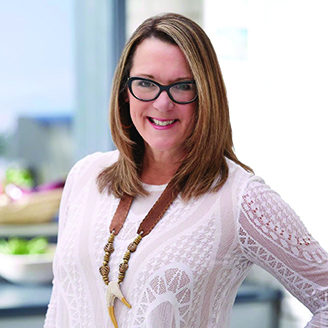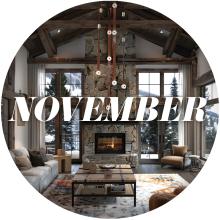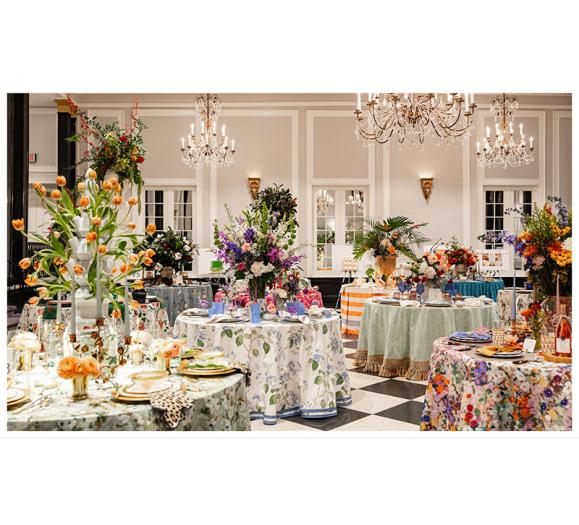We all know many clients who like to exist in the disturbingly tedious land of catalog decorating. Refusing to punch a train ticket to bore town and encouraging mediocrity in the safe land of the familiar is part of what makes you a stellar designer.
Now let’s do the same for your business. Breaking the cycle of the status quo is tough. I get it. What one thinks one knows is not easy to challenge but is an essential aspect of perfecting the best business model for sustained growth and projecting income.
Your business is a business:
Determining Fees
Where do you begin? Knowing your “cost to be open” number.
This is a key metric as we must determine our profit projections to be able to cover this “cost to be open” number. And to project the profit we need to know where our fees and product sales are going to be.
Track your projects obsessively and review religiously.
You must create a system that has parameters that make sense to determine flat fees and this is usually based off your historical averages and a clear scope of work. I cannot emphasize this enough.
Developing a systematic approach to fee calculations. No guessing allowed.
We determine our fees without guesswork with a specific system that is unlike what others do. It takes the emotion out of the equation. But most importantly, it gives you confidence in your methodology. Instituting any strong business model is much more than simply “charging what you are worth” or doing “cost plus” or “flat fee billing.”
A keen awareness of what your product is worth on the marketplace.
Pricing a project should be about the finished product — what is this “product” worth on the open marketplace? It is not about determining what YOU are worth but what your PRODUCT is worth. Yes, yes, I know you may be thinking, “well, I am my product!” But that is not really the whole picture. Being able to articulate your product attributes, or benefits, to the client is key to conveying a flat fee and the value you are providing.
Flat Fee vs. Hourly Billing
Charging flat fees forces you to be a better business owner.
The conventional “head trash” dwelling in some designers is that hourly prevents them from losing money when clients have scope creep, if they go over the allotted revisions in the agreement or change their minds. A flat fee contract can do the same but it takes more planning up front and seeking to understand consumer behavior far more than throwing out a small number for hourly billing, getting the job, then dealing with the fall out later on.
Get the money talk out of the way up front and focus on delivering a creative vision
for your client rather than dealing with the dread every two weeks when you send out hourly charges.
You must also be able to determine the deliverables and objectives that comprise the scope of work intently and set forth what happens when a client wishes to deviate from the LOA or contract. Success is for those willing to put the time into being prepared.
Set a Minimum Expenditure
Don’t hope or tell your your client that “all purchases go through me.” Ask for what you want. This minimum expenditure value is a figure we develop based on the scope of work of the particular job in order to engage in the work. We use a proprietary calculator that determines the flat fee and minimum expenditure based on various criteria. This value is not a budget but is a minimum investment in the job for materials, furnishings, lighting, window treatments and other items that can be purchased from our firm.
The items included in this expenditure are items the client would be purchasing for this project regardless — we are simply asking that the client invest these funds with our firm so we can help facilitate the project seamlessly and make it worthwhile for us to partner on the successful completion of the home.
It is the ideal win/win for you and the client if you do this with intention and make it a business model, not a gimmick. What does that mean? It means you have to change the way you think about your “product” and your brand. It means you have to find your A-game and hone it until it is shinier than the silver at Tiffany’s. It is not just a “good idea.” I want to stress this strongly as part of the problem in this industry is that there are too many “good ideas” floating around that lack the substantive business savvy that’s needed behind them.
This type of pricing model is, without question, the best option for the client’s experience and peace of mind. It also gives you, the designer, the ability to project income. However, you must understand product procurement and how to find the best pricing so you can be competitive at an IMAP level.
You need to be knowledgeable about your key lines or craft custom relationships. You also need to calculate your profit margins and know where you must fall to be profitable. This is not a business model for those who are hobbyists or designers who cannot or will not commit to the overall growth you must bring about in your business to make it work without any obstacles. Project management Controlling, organizing or managing the circus performers is extra. Project management is important to the type of work we do. And by this I mean actual interfacing with subs and contractors and helping them execute the project to our design standards on behalf of the client. There are so many moving parts to new construction and remodeling projects, and most good designers do not relish the idea of letting the circus performers go at it without any sort of supervision, even with a contractor.
This hourly fee is less than the design published rate on purpose. I want to elevate design in the client’s mind and this is a subtle way of doing it. It is much harder to anticipate these types of fees in a project, and I find it causes too much angst in clients and our team to even try so we do not.

Cheryl Kees Clendenon is Founder, Lead Designer and Retailer at In Detail Interiors. As a business coach, she shares savvy strategies for design businesses at Damn Good Designer. Learn more at damngooddesigner.com







